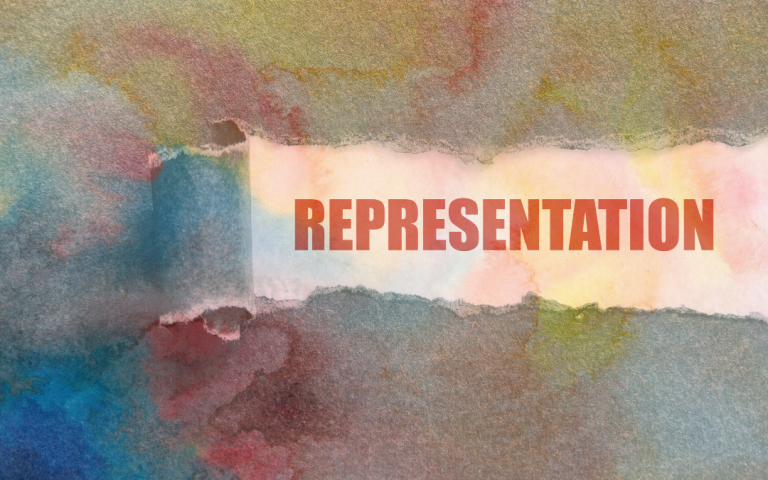
Representation in the arts is vital for fostering an inclusive society, celebrating diverse voices, and inspiring future generations. When various identities, cultures, and perspectives are authentically reflected in creative works, the impact transcends the boundaries of art itself, influencing societal norms and personal identities.
Amplifying Underrepresented Voices
Historically, marginalized groups have faced barriers to visibility in the arts. Whether due to systemic inequalities or cultural biases, these voices have often been excluded from mainstream narratives. Ensuring representation means amplifying the stories of:
- Women and non-binary individuals
- People of color
- LGBTQIA+ communities
- Individuals with disabilities
- Underrepresented socio-economic groups
By providing a platform for these groups, the arts become a powerful medium for fostering empathy, understanding, and social change.
Reflecting Real-World Diversity
Art has the unique ability to mirror society. When it reflects the real-world diversity of experiences, it validates and normalizes those experiences. For example:
- In film and television, casting actors from varied backgrounds breaks stereotypes and promotes inclusivity.
- In literature, characters with diverse identities allow readers from all walks of life to see themselves in the stories they consume.
- In visual arts and music, creators bring unique cultural and personal perspectives that enrich global artistic traditions.
Inspiring Future Generations
Representation has a profound effect on self-perception, especially for young people. When individuals see someone like themselves succeeding in creative fields, it broadens their horizons and instills confidence. A child who sees a superhero, artist, or writer that shares their identity is more likely to believe they can achieve similar success.
Driving Innovation in the Arts
Diverse perspectives challenge artistic norms and inspire innovation. When creators draw from unique cultural backgrounds or lived experiences, they introduce fresh ideas and narratives that push the boundaries of traditional art forms. This innovation enriches the entire artistic ecosystem, creating works that resonate with a broader audience.
Addressing the Barriers
Despite progress, significant challenges remain. These include:
- Lack of funding and opportunities for marginalized creators.
- Gatekeeping in artistic institutions.
- Biases in audience reception and critical recognition.
To overcome these barriers, systemic changes are needed. These include initiatives like diversity training, scholarships, mentorship programs, and increased outreach to underrepresented communities. But it all starts with us. We must ask the question, “How are we providing opportunities for better and stronger representation? How are we contributing to the positive change?”.
Representation in the arts is not just a matter of fairness—it is essential for creating a vibrant, inclusive, and forward-thinking society. By championing diversity in creative expression, we celebrate the richness of human experience and pave the way for a more equitable world.
The arts have the power to shape perspectives and inspire change, and ensuring representation ensures that power is shared by all.
